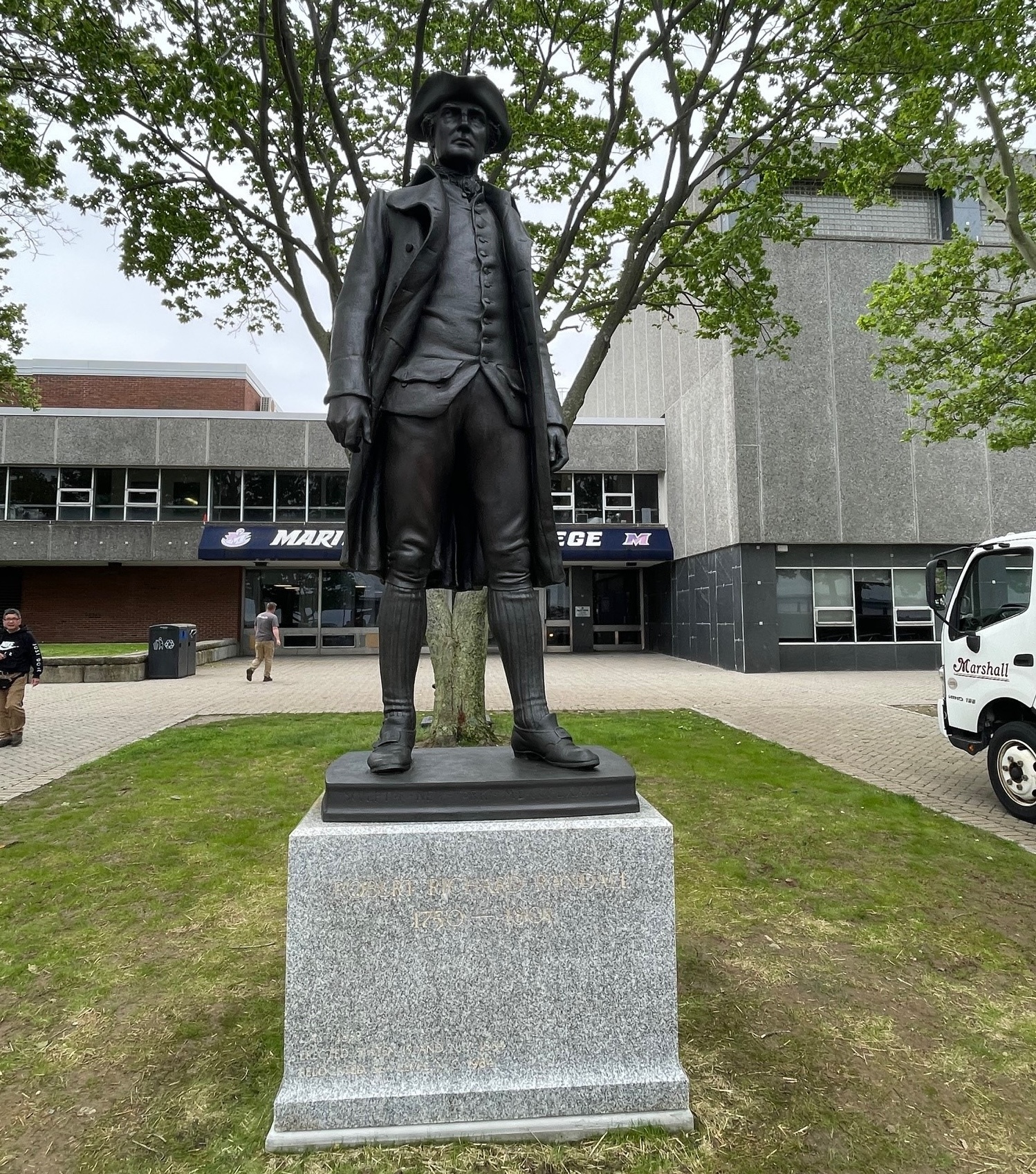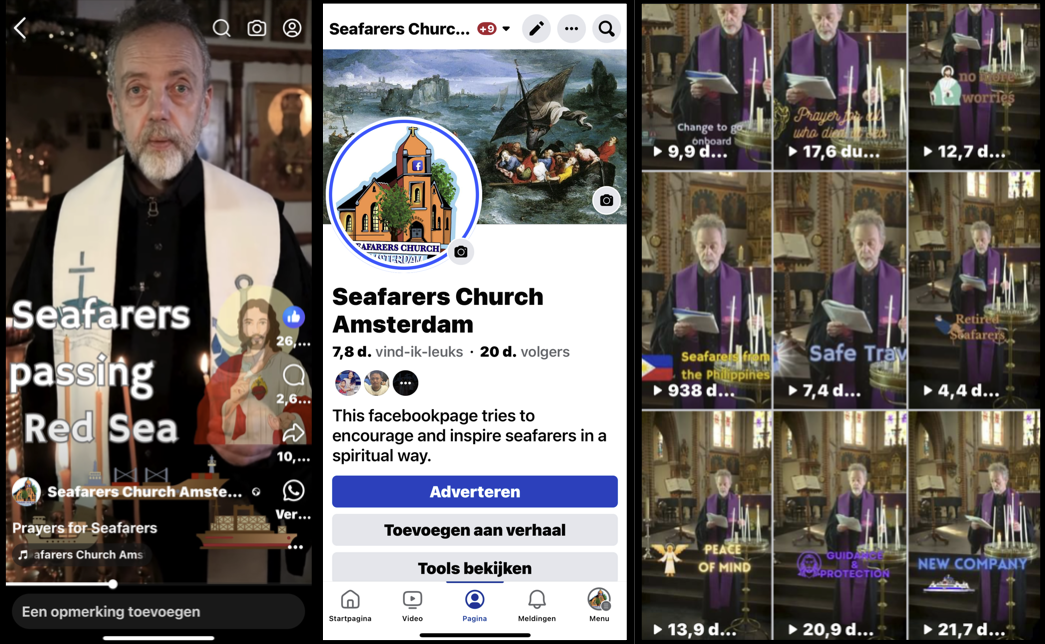When the Titanic collided with an iceberg twenty minutes before midnight on April fourteenth, 1912 the world became aware of the importance of the humble ship’s lifeboat. Many of the passengers and crew could not escape the sinking ship and drowned because at that moment in history it was not a requirement to carry sufficient lifeboats for all. The subsequent inquiry and investigation led to the introduction of new safety regulations. The International Convention for the Safety of Life at Sea, known as SOLAS, came into effect in 1914 and included as an essential requirement that every ship carry lifeboat capacity sufficient for all onboard. While such a requirement may seem obvious now, at the inquiry, numerous experts testified that it was not necessary. The wisdom put forward was that ships’ lifeboats could be used to ferry people to other rescue ships, and therefore lifeboats to carry everyone at once were superfluous. Another argument was that so many lifeboats would upset the aesthetic look of these great liners, which after all were designed to reflect grandeur and style. At the time of the Titanic, the method to launch wooden lifeboats was cumbersome and labor-intensive, requiring a well-trained crew both in the lifeboat and on deck. Lifeboats were lowered using rope falls and required a seaman at each end to lower together in harmony, because, given the height of the boat deck from the waterline, the speed of descent needed to be controlled to ensure that the forward and aft rope falls were kept level. Failure to observe this could mean losing the lifeboat during the descent.
During my time at sea, one of the routine jobs for the navigating cadets was checking the lifeboat provisions. The open-style lifeboats carried water tanks under the seating benches, and these would be refreshed on a regular basis. Storage lockers contained tins of hard biscuits and jars of barley sugar. We would check the condition and count the tins and jars. Every time that I did this, I found myself wondering what it would be like to be with 50 people in a lifeboat passing around biscuits and barley sugar to eat. The equipment onboard included fishing line and hooks with the assumption that we might catch our food. Our lifeboats had a mast together with a sail and oars, and the starboard lifeboat had a diesel engine which rarely started during a drill. The port lifeboat had no engine but had a manual propulsion system operated by pushing and pulling handles from the seats of the boat. The prayer was “If we have to launch, let’s hope it’s the starboard lifeboat and pray that the engineers can get the diesel engine started.”
| Technical Vocabulary
davits – the small articulated arms that enable a lifeboat to be swung over the side painter – the rope mooring line on a lifeboat that tethers it to its ship fall – the free end of the block and tackle hoist by which a lifeboat is raised and lowered |
More than one hundred years on from the Titanic, lifeboat design has improved. Most ships now have fully enclosed motor-powered lifeboats rather than the open design that had oars or a manual crank-driven propeller. Merchant ships have for many years been required to carry a lifeboat on each side of the ship with capacity in each lifeboat for the full crew, because if the ship has listed, only the lifeboat with a clear vertical drop to the waterline will be able to swing over the side. The latest innovation for merchant ships is the single, stern-launched lifeboat. It uses methodology developed for evacuating offshore oil platforms, where time is of the essence and nobody needs to remain on deck to manage the launch. These lifeboats are mounted on an angled ramp, and the crew simply strap themselves in and then release the lifeboat to freefall launch itself into the sea – a quick, one-way trip! This type of lifeboat launch was shown in the Tom Hanks movie, “Captain Phillips,” the real story about the Maersk Alabama being captured by Somali pirates on April 8th, 2009. The lifeboat from the Maersk Alabama is now on display at the Navy Seal Museum in Fort Pierce, Florida.
The term “lifeboat” has two definitions: shore-based lifeboats and ships’ designated lifeboats. The first shore-based lifeboat is believed to be designed and built in 1790 by Henry Greathead in South Shields, near Newcastle upon Tyne in North East England. It was intended as a rescue boat to assist anyone in distress near the coast, and had a self-righting feature should it be overturned in heavy seas. The concept of designated lifeboats on ships came with the age of steam propulsion. Brunel’s SS Great Britain, launched in 1839, carried six lifeboats: three on each side. Before the innovation of a designated lifeboat, the ship’s workboats had to serve a dual purpose of ferrying people ashore at an anchorage and helping in an emergency. From 1839 to 1914, the carrying of lifeboats was guided by the 1849 Passenger’s Act and the subsequent 1854 Act. These regulations were all based on tonnage and not the number of passengers carried, and anything beyond the statutory minimum was at the sole discretion of the shipowner. White Star Line, the owner of the Titanic, had fitted more lifeboats than they were legally required to carry, but not enough for all onboard.
Most people have limited knowledge of what a lifeboat can and cannot do – anyone that has taken a cruise will have been through a lifeboat drill and asked to put on their lifejacket and present themselves at the designated muster station. As a former seafarer, I am not a fan of the modern mega-liners; I shudder to think of what will happen when a mega-liner has to evacuate the full complement of thousands of people at sea, especially now that the ratio of crew to passenger on liners is even lower than in the golden age. We know that in incidents like the Costa Concordia the evacuation process did not go well, and even though the ship did not sink and was very close to shore, 32 people lost their lives.
Indeed, very few maritime disasters have lifeboats as their saving grace. When merchant ships sink, the circumstances are often too severe or happening too fast for lifeboats to be launched. This was the case when the Marine Electric was lost in 1983 – only three of the crew survived, and they sought refuge in an inflatable life-raft after the ship sank in the Atlantic. All of the crew were lost from the El Faro in 2015 during Hurricane Joaquim – she had been built in 1975, and her lifeboats remained the classic open-style lifeboat, the shipowner never having upgraded them to a modern design. The only wreckage found of the British flag ore carrier Derbyshire was one of her lifeboats drifting empty in the Pacific. The loss of the Edmund Fitzgerald in 1975 on Lake Superior was similar – there was no time to abandon ship. In a more recent ore carrier loss, the Stellar Daisy, only two seafarers survived, and they took refuge in one of the ship’s inflatable life-rafts.
As a chaplain, when I visit merchant ships, I observe the ship’s lifeboat and remember my own experiences of launching a lifeboat into the sea while anchored off the port of Monrovia. I was serving as the third officer on an ore carrier called the Finnamore Meadow, and there was a queue of ships at anchor waiting their turn to load Liberian iron ore. Most of the ships were under the British flag, and we had communicated with another ore carrier and agreed to swap our reel-to-reel movies – in the ’70s, well before the age of VHS or DVD, each ship carried a film projector with three full-length feature movies supplied in a metal container. At main ports the film container would be exchanged for a new set of movies, but we could also trade with other ships which used the same service. To swap the container of films, we decided that we could creatively combine a lifeboat drill with a film exchange. We were several miles offshore, and there was a light breeze and a low swell – good conditions, I thought.
I learned that day that conditions look far different when viewed from the lifeboat, however. I was the officer in charge of the lifeboat. We descended from the boat deck, and I saw firsthand how fragile we were, suspended by two wire cables. As we approached the water fifty feet below, I issued instructions to the seamen stationed forward and aft to make ready to release the hooks. As we came close to the sea, a low swell lifted us up for a few seconds and then fell away, and this caused a sharp shudder as the wire falls took the strain of the boat’s weight. We hit the water, and the hooks were released; however, we now were rising and falling with the swell while still tethered to the ship by the painter. We had successfully released the hooks and wire falls, but they now danced around our heads, and we had to duck and weave to avoid being struck. I powered up the Lister diesel engine, and we motored ahead to clear the swinging wire falls. The painter was released and brought onboard, and I turned to make way towards the other ship. The vantage point from the lifeboat was very different than from the deck of our ship. The low swell seemed much higher, and the light breeze felt stronger when experienced at sea level.
We exchanged our films and returned. The task of recovering a lifeboat is a more significant challenge than the launch, because you have to time the moment to attach the wire falls and hold them in place while the boat bounces up and down in the swell. The hoist motors on lifeboat davits are slow, and there is a significant risk of injury in those minutes while you dangle in the no man’s land between being afloat and midair. Sadly, there have been many cases of seafarers losing their lives or being seriously injured even during lifeboat drills in port under calm conditions. The IMO has now issued new guidelines for drills that will come into effect next year, recommending doing the exercise first by lowering and recovering the lifeboat without any persons in the boat first, and after that with only the minimum to operate the lifeboat – prudent advice, but not exactly a vote of confidence in a system that is intended to be the primary exit to safety.
Lifeboats with capacity for all are a statutory requirement on boats. For seafarers, however, they are a last resort that will not help if the weather is severe or if the event plays out suddenly. They remain a fixture for lifeboat drills, but the newer, stern-launched lifeboat there cannot be launched in practice, and with conventional side-launched lifeboats there is less appetite for practice launches given the risks. Instead, the lifeboat sits on its launch ramp or hanging from its davits, waiting for the moment of release – a moment that every seafarer knows signals a last-ditch resort. And one that they keep furthest from their minds.
Author: Rev. David Reid, MA AFNI




